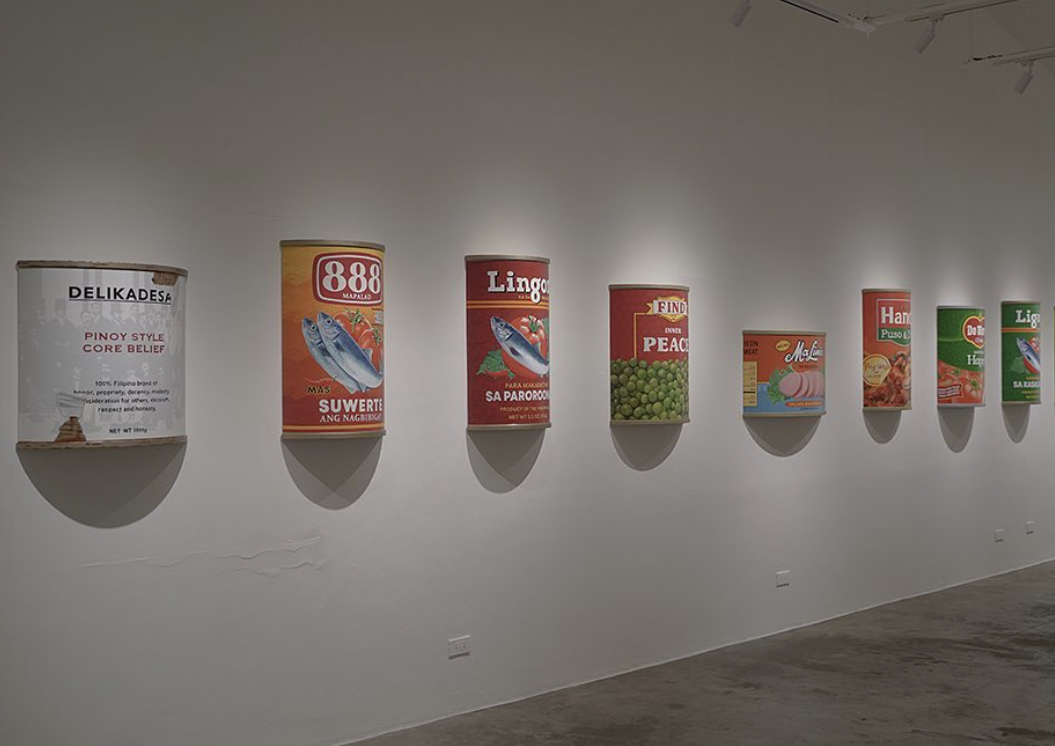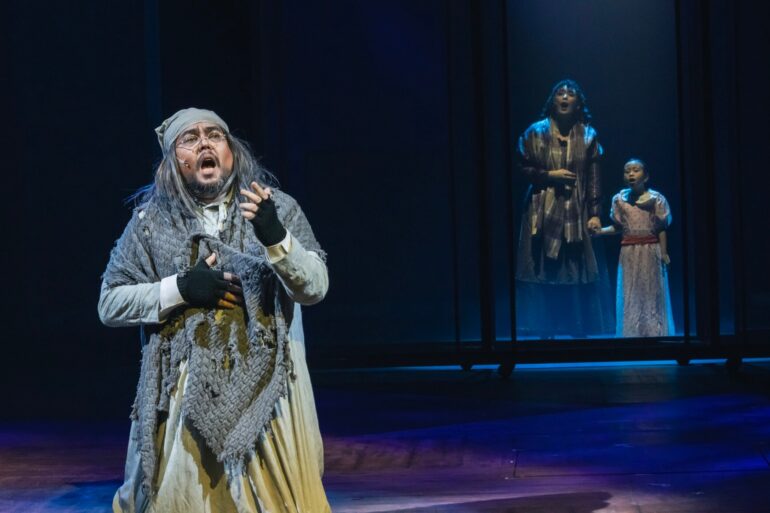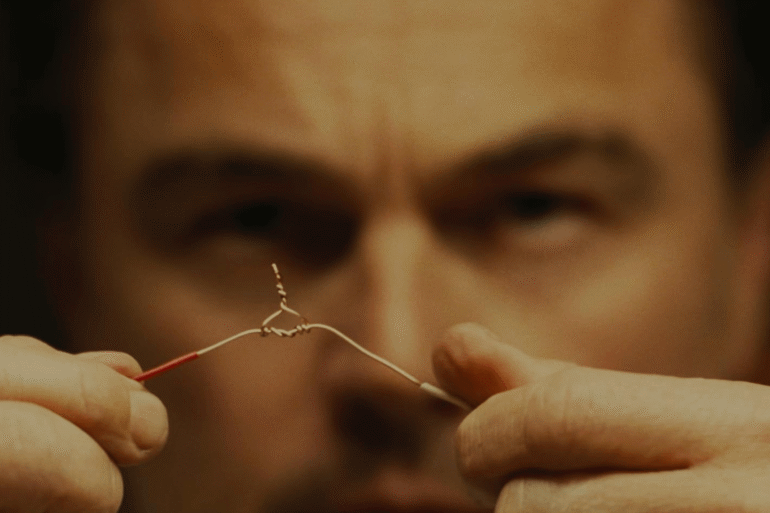While a TikToker becomes viral for hating on sardines, Tanseco’s ‘Canned Thoughts’ exhibit forces one to ask what it means to be a Filipino.
TikToker Tito Mar’s video of eating sardines and nearly vomiting it has the internet up in arms and questioning his being Filipino. Defenders of canned sardines say the humble food is part of our Filipino culture—and it’s not just for the poor but for everyone.
While thousands of netizens are busy criticizing and ridiculing Tito Mar’s viral video, in the spaces of the art world artist Carlo Tanseco pointedly makes our familiarity and love for common canned goods the subject of his latest exhibit. De lata, after all, is associated with sustenance, especially during emergencies and disasters. Canned goods are our go-to food donation when disasters strike the remotest parts of the country.



So humble is the de lata that one would not really associate it with art—unless you’re familiar with Andy Warhol and pop art. Yet the very thesis of the pop art movement finds its meaning in making art accessible to the masses and not just to the “elite.”
As the style draws inspiration from commercial figures and cultural moments, the movement gained recognition and respect among the general public. Finally, there was an art form that was accessible to everyone. In more ways than one, pop art was “art for the people.”
“Canned Thoughts”
It is from the colorful and ubiquitous tin cans that Carlo Tanseco draws his inspiration for his solo exhibition, “Canned Thoughts.” Guided by the pop art tradition, the artist reinterprets the names, branding, and other distinctive features of these household staples in a creative and often witty way.



With skill, ingenuity, and yes, humor, Tanseco appropriates the labels of these everyday items, transforming them into “conduits of puns, mottos, and motivational statements.” By breathing new life into these mundane objects to which we only give a cursory look and not really “behold,” he invites guests to linger a little longer than usual and contemplate the art pieces.
As visitors weave their way through the exhibition, they are greeted with a playful—at times whimsical—reimagining of objects both familiar and oftentimes taken for granted.
Each piece bears the unmistakable imprint of Tanseco’s unique perspective. His wit is seen in many of his works on display such as the “Malinis na Kalooban” painting which is inspired by brekky staple Ma-Ling, and “Labis Kitang Mahal,” which is unmistakably Tanseco’s version of Libby’s Vienna Sausage.



Some pieces make one ponder, though, as all works of art should. There’s “Delikadesa: Pinoy-style Core Belief,” which takes after Delimondo Corned Beef’s signature minimalist product design and makes one think if delikadesa is still a “core belief” for many, or has it ceased to be?
“Huwag Angkinin,” meanwhile, uses Mega Sardines’ packaging as inspiration and is a clear message against China’s encroachment of our exclusive economic zone in the West Philippine Sea. Art, in this case, serves not only an artistic or philosophical purpose, but as a means to espouse or promote a worthy cause.
A unique and transcendent vision



Whether it’s a witty slogan or a profound reflection on the Filipino experience, “Canned Thoughts” offers an insightful take on the symbols that unite us despite deep socioeconomic divides. Each piece also carries a narrative that defines us as a people and as a nation. The beauty about Tanseco’s art pieces is that they aren’t only vessels of his singular vision, but are also a reflection of our shared Filipino-ness.
The pieces blur the lines between two- and three-dimensionality, serving as both paintings and sculptures. Some works are offered as prints, a reflection of the repetitiveness found on store shelves and further emphasize their status as cultural touchstones.
Tanseco’s vision extends beyond the confines of traditional galleries, drawing in guests from all walks of life. In another nod to the communal spirit of Filipino culture, for example, he constructs a sari-sari store installation, complete with colorful snacks and candies for visitors to partake in. Everyone for sure has had a sari-sari store experience at least once in their life.



Amid his playful creations, one can’t help but reflect on the complexities and nuances of contemporary Filipino identity—and the common threads that bind us all for better or worse.
“Canned Thoughts” affirms the resilience, resourcefulness, and unshakeable optimism that define the Filipino spirit while celebrating these well-loved pantry staples. In his exploration of humor, culture, and the mundane aspects of daily life, Tanseco invites audiences to reconsider the ordinary, finding beauty and meaning in these ever-present consumer goods.
Now, you’ll never look at de lata the same way again.
Carlo Tanseco’s “Canned Thoughts” runs until June 1, 2024 at Art Cube, OPVI Centre, 2295 Chino Roces Avenue Extension, Makati. The gallery is open from 9 am to 5:30 pm.








